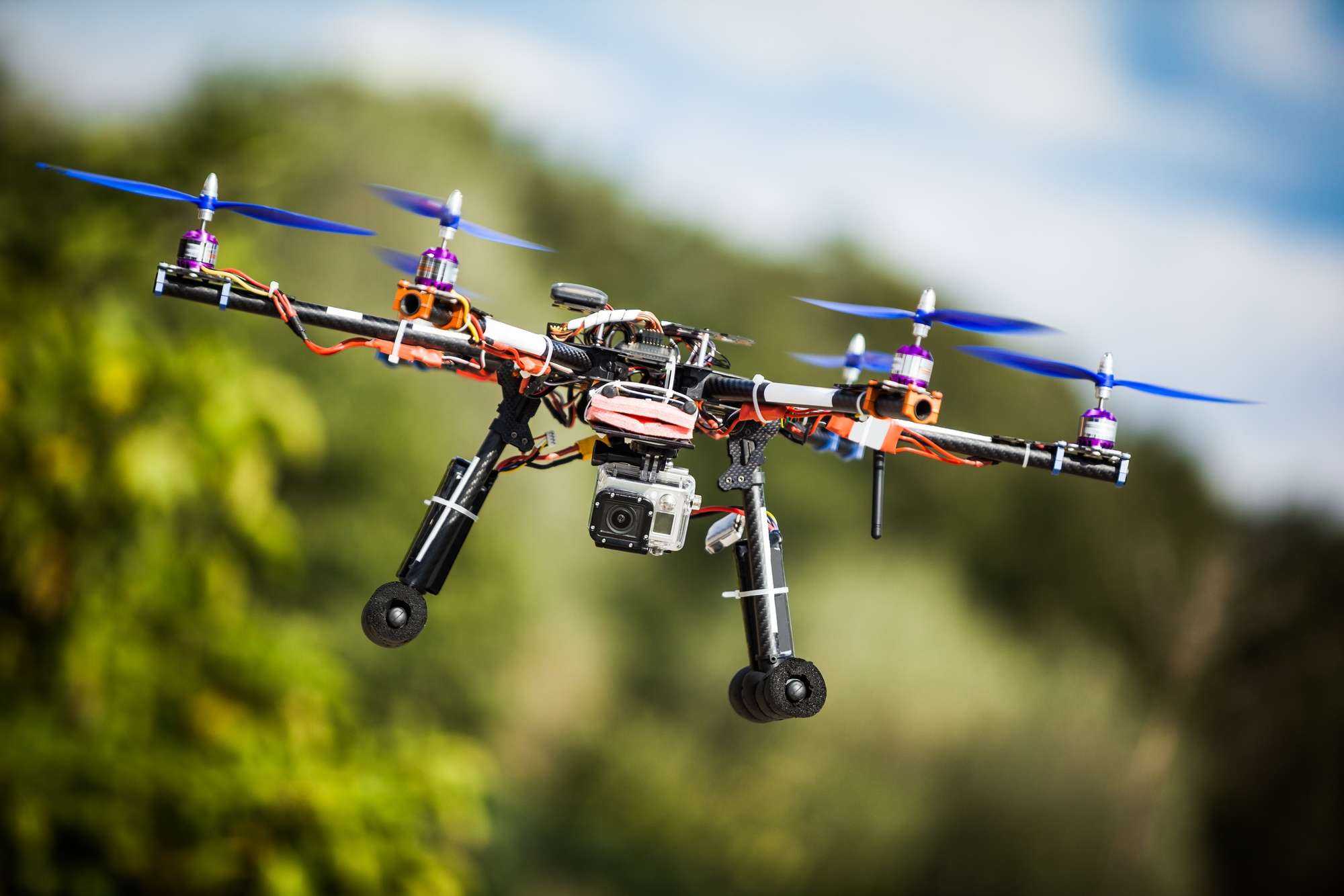on
BY SELINA McCALLUM
With so much going on in our world, it’s important we take a step back and really look at the situation from all angles, especially from above. That is what a drone allows journalists to do.
“Canadian journalists have used drone video to show the aftermath of wildfires, shrinking Arctic ice, massive snow drifts in St. John’s and the empty streets of Toronto during the COVID-19 crisis,” said Lynda Calvert, Centre for Drone Journalism Excellence coordinator, Seneca journalism professor and symposium organizer.
On Saturday, May 2nd, a one-of-a-kind event in Canada brought together drone industry professionals, regulators, journalists, educators and students to discuss the future of the rapidly evolving technology.
This was the second annual symposium hosted by Seneca’s CDJE, a program based in the School of Media at Seneca College. Due to the pandemic, the event was moved online and was free for anyone to watch. However, moving online has its benefits.
“The live mostly worked but we had some technical glitches. But every time I looked at the number of viewers, they were climbing, and our audience stuck with us,” said Calvert. “Last year our audience was from the GTA. This year, we had viewers from Canada and North America, and people in the UK. I was really pleased with our global outreach and online allows you to do that.”
The drone symposium started at 9 a.m. online with Seneca President David Agnew opening up. The event featured two live panels and two live presentations, with time after each for online audience questions before it ended at 1:30 p.m.
“We saw a growing demand for the use of drones in journalism,” said Calvert.
Drone journalism is still in its infancy since drones have mainly only been used by the military.
“After the technology changed, journalists and people within the media industry started to use them around 2010. Drones became smaller and lighter, and less expensive,” said Calvert.
The guest speaker at this year’s symposium was Gail Orenstein, who spoke about using drones in remote areas. She is a renowned drone journalist with extensive experience in conflict zones. Orenstein was the first to obtain drone footage from the fall of Mosul, Iraq and the first journalist to use a drone to report on the plight of the Rohingya refugees in Bangladesh.
The photo of children surrounding a drone on the CDJE website is one that Orenstein took in Iraq.
“She’s based in London, UK and she has traveled all over the world. I was so honoured when she said yes to appear at Seneca College in Toronto. In the photo, she is teaching the refugee children that this drone is not going to hurt them. Keep in mind that, people in war torn countries, they only know drones as a weapon. That’s their knowledge of them, because that has been their experience of them,” said Calvert.
During her speech Orenstein explained that you have to always inform people what a drone is and what you are doing as they are extremely loud and can really scare people.
Other panelists and presenters included CBC’s chief drone pilot, the director of video strategy for Global News, the senior manager of live services for CP24, a senior member of Transport Canada’s drone team, one of IATA’s top UAV experts, and a lawyer with expertise in aviation and drone laws.
Katheryn McCulloch is a dispute resolution lawyer and expert in aviation and drone regulation.
“We were so blessed to have Katheryn. The thing about drone technology is that it is evolving so rapidly that regulations whether it’s in Canada or the US or anywhere in the world, regulators can’t keep up with it. Developing a regulatory framework takes years. Drone technology happens in days, or weeks or months,” said Calvert.
The symposium organizer, who also has a drone pilot license, explains who can and who cannot fly a drone.
“Canada, and the UK and the US, they all came together to develop regulations to regulate commercial drones that are 250 grams to 25 kilograms. So, in other words, you have to be a licensed drone pilot,” said Calvert. “The Mavic Mini is 249 grams, that means you don’t need a license and you can fly it anywhere.”
How much air do you own above your home? Calvert recalls reading an article where a person in the states shot down a drone that flew over their house. Questions like that are what the panelist at the symposium discuss.
The more people, journalist or not, begin to purchase and use drones, the more discussions surrounding ethics and privacy must be held. Calvert doesn’t know what the symposium will hold next year, but she does know that it will continue to challenge and receive answers.
“We want to stay cutting edge, so we really pushed the envelope this year. I wanted to know can we develop a global manual for drone journalist, and I pushed the panelists on that,” said Calvert. “We haven’t decided yet what we’re doing to do next year but I guarantee you it will be cutting edge; it will be asking the questions that people haven’t asked yet.”
And that is true, as panelist Rick MacInnes-Rae, retired reporter, war correspondent, and ex-host of the foreign affairs program Dispatches, said to Calvert during the symposium that he doesn’t have the answers to some of the questions just yet.
“He said Lynda, you’re asking the questions that are so new, that nobody has the answers to them,” said Calvert.
For more information on the Centre for Drone Journalism Excellence symposium visit, https://senecadronejournalism.ca/drone-symposium-2020/
Stay in the loop with exclusive news, stories, and insights—delivered straight to your inbox. No fluff, just real content that matters. Sign up today!













